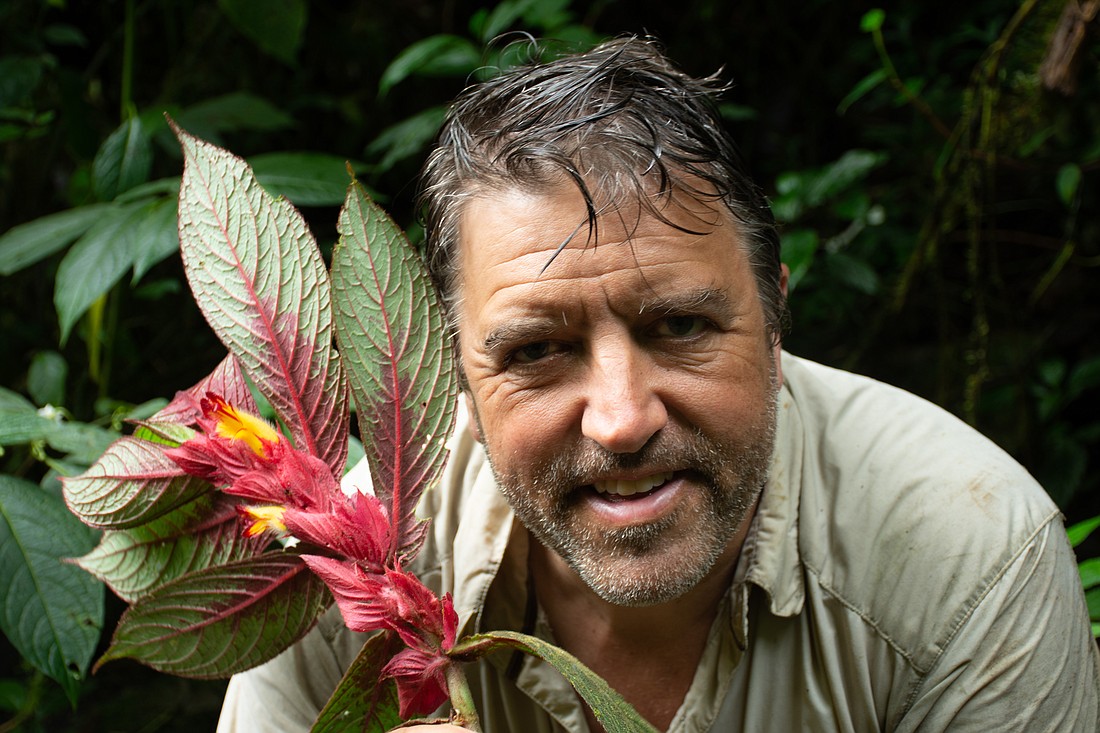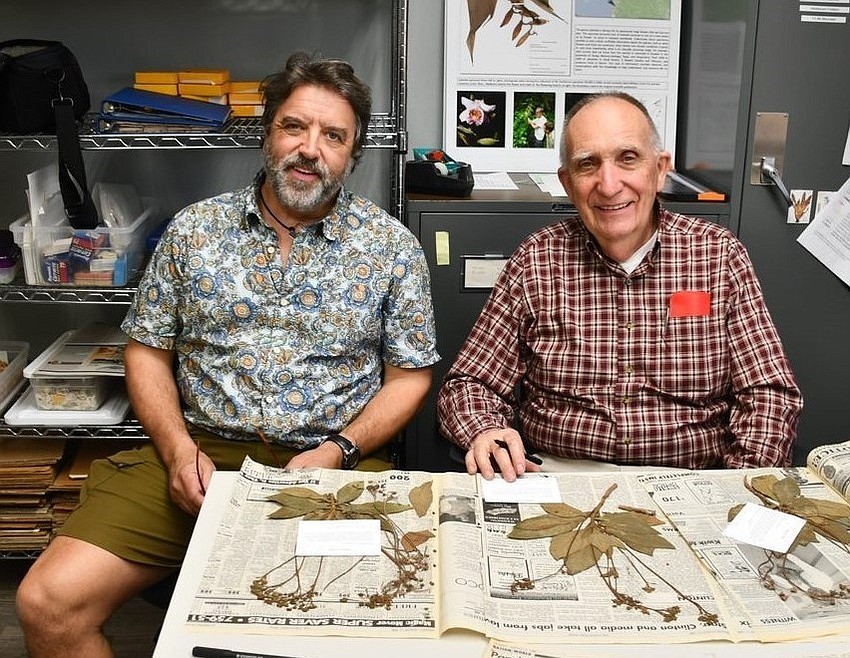- November 24, 2024
-
-
Loading

Loading

John L. Clark, a research botanist at Marie Selby Botanical Gardens, was recently reappointed as a research associate in the department of botany at the Smithsonian’s National Museum of Natural History.
Clark’s appointment lasts for three years, until May 2026. It continues an affiliation he has had with the Smithsonian since 2005.
Clark has been affiliated with Selby Gardens through a research partnership since 2009 and joined its staff full-time in January 2023. Since then, he has conducted plant research expeditions to the Dominican Republic and Ecuador.
Clark specializes in the plant family Gesneriaceae, flowering plants that are distributed throughout the world’s tropical forests. About a third of gesneriads are epiphytic, meaning they grow on other plants without harming them. Selby Gardens is the only botanical garden in the world dedicated to the study and display of epiphytes.
“The renewal of John’s appointment as a Smithsonian Research Associate attests to the value of the science being conducted at Selby Gardens,” Jennifer O. Rominiecki, president and CEO of Marie Selby Botanical Gardens said in a release. “Our botanists have discovered or first described for science more than 2,000 species, and their findings are critical to the understanding and conservation of plant biodiversity.”
The academic affiliation with the Smithsonian gives Clark personal access to the vast collections in the National Museum of Natural History’s department of botany. The department’s herbarium, or -collection of dried and preserved plants, currently holds 5 million specimens, making it one of the world’s 10 largest.

The research associate position will facilitate Clark’s ongoing collaborative research with botanists around the world.
“Institutionally, this appointment promotes sharing information,” Clark said in a release. “The Smithsonian does such a good job with digitizing, curating the specimens and making the information widely available.”
Clark has contributed more than 17,000 plant collections to major herbaria. He typically dedicates his collections to at least three priority institutions — Selby Gardens, the Smithsonian, and an herbarium in the host country where the plant was collected. He noted that the Museum of Natural History’s plant collection is particularly strong in “type” specimens, the specimen designated as the reference point for a plant species when it is first named.
“Whenever I describe something new to science, I try to make sure that a type is at Selby Gardens and a type is at the Smithsonian,” said Clark.